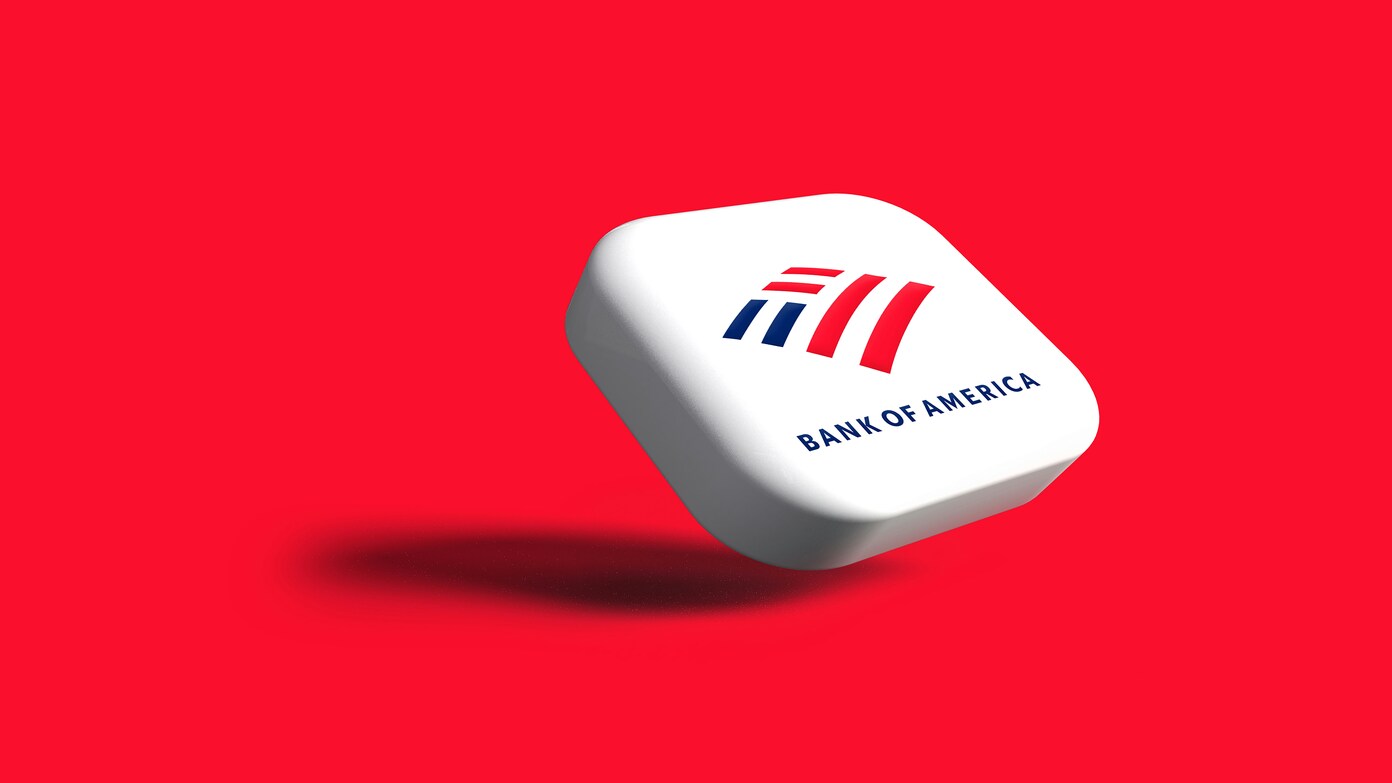Imagine walking down to your neighborhood bank, and voila. It’s not there. That is the new normal for a lot of Americans. In seven days, from June 29 to July 5, 2025, 16 bank locations across the country closed their doors for good. The name-brand giants—Bank of America, Chase, Wells Fargo, PNC, and Fifth Third—are all included in this massive reconfiguration.
But this is not the only case. It’s one part of a larger trend that has swept across the U.S., and it’s changing the way millions of Americans manage their finances.
Why are banks closing?
Banks are shutting their doors for one enormous reason: more people are banking online.
And all thanks to smartphones and laptops, customers can now:
- Deposit checks
- Pay bills
- Transfer money
- See balances
—without ever visiting a branch.
And that means fewer customers walking through the doors, so banks don’t require as many branches. Experts note that this trend picked up momentum during the COVID-19 pandemic, when people were homebound and discovered how easy online banking really is.
The numbers shock
Here’s a look at the bigger picture:
- Over 300 bank branches were planned in just the first quarter of 2025.
- U.S. Bank had the most, with 50 closures.
- Wells Fargo had 23 closures.
- Citizens Financial had 21, and Bank of America, PNC, and Huntington Bancshares all had 18 each.
On average, since 2018, 1,600 branches have been closing each year.
Where are banks closing
Closures are occurring everywhere—from big cities like San Francisco to up-and-coming areas like Las Vegas. Some of the recent closures include:
- Boise, ID (Bank of America)
- Las Vegas, NV and Peoria, AZ (U.S. Bank)
- Redlands, CA and Greenville, DE (Citibank and Citicorp)
- Charlotte, NC, Surprise, AZ, and Mesa, AZ (Chase)
Even small towns and suburbs aren’t safe, leaving some communities with no local branch at all.
More than just online banking
Barring online banking, there are a couple more reasons for all the closures:
- Mergers of banks lead to redundant branches closing.
- Banks are cutting costs and investing in technology instead.
- Even some small banks, like Chicago’s Pulaski Savings Bank, have totally collapsed this year.
Key points to remember
- Banks are shutting down at record levels across the U.S.
- Online and mobile banking is the biggest reason why
- 16 branches closed last week in mid-2025
- Small towns and big cities are both affected
- Some communities will have no bank with a physical presence
❓ FAQ: What you need to know
Q: Why are so many banks closing
A: The use of online and mobile banking has seen a huge drop in branch visits, so banks are closing branches to save money.
Q: Is this happening only in big cities
A: No. Bank closures are taking place in cities, suburbs, and small towns across the country.
Q: Will additional banks close in 2025
A: Yes. Professionals forecast that this trend will continue for the remainder of the year and into the future.
Q: What if my local bank closes
A: You can convert to online banking, travel to a different local branch, or look into a digital-only bank that is appropriate for you.
Q: Are all kinds of banks closing
A: Mostly large banks like Chase, Bank of America, Wells Fargo, and regional banks. Some small banks are also failing.
The Bottom Line
American financial institutions are changing quickly. Regardless of whether you live in San Francisco, Las Vegas, or a tiny town in Idaho, there’s a good chance your neighborhood bank branch won’t be there tomorrow. As banks shut down and move online, it’s more important than ever to know how to bank online—because that’s where the future lies.
Read this later:
Danone recalls product over potenetial choking risk
Sprite repeats seasonal flavor only at Kroger… but you’ll have to wait a while to get it

